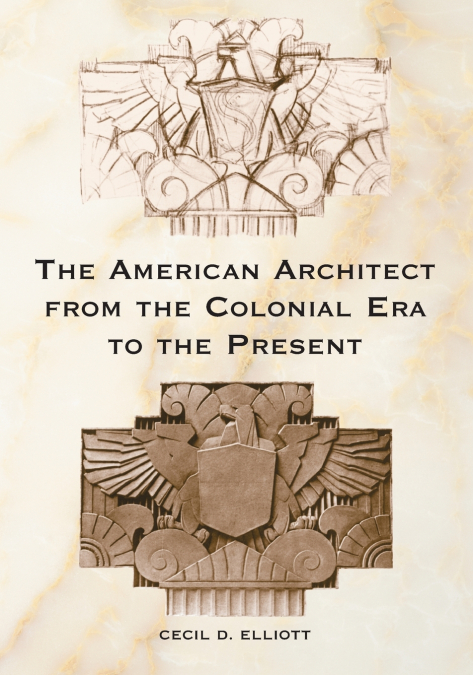
Cecil D. Elliott
The later Colonial era saw a need to replace the buildings hurriedly assembled by earlier colonists, but competent builders were difficult to find. Capable housewrights were usually well paid and many became respected and prosperous members of their communities, but craft apprenticeships and a gentlemanly taste were two of the primary requirements for becoming an architect. As the profession developed, architects in the Northeast initiated efforts to distinguish between their work and that of housewrights and builders. This work is a history of the development of architecture as a profession in the United States. It is divided into four chronological sections. Section One covers the beginnings in Colonial times before 1800 when there were no identifiable professionals. Section Two examines architecture from 1800 to the Civil War, a period during which the first architects appeared. Section Three considers the profession from the time of the Civil War to World War I and the strengthening of the profession’s status. Section Four covers architecture since World War I up to the present. Each section discusses the training of architects, standards of practice, general management methods, information sources, minority participation, and other aspects of professional operation, with special attention given to the relationship between the profession’s development and the social history of the periods.